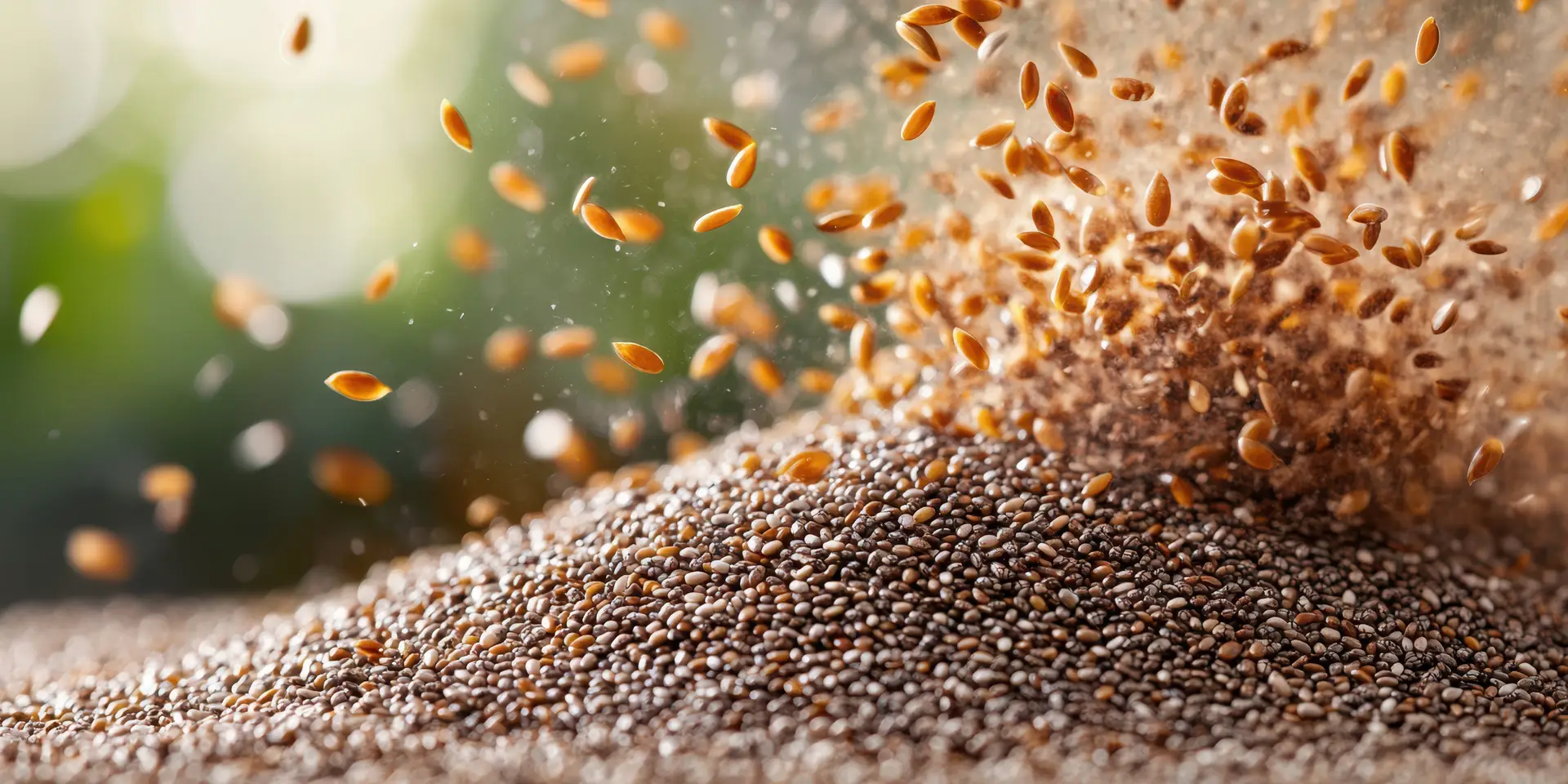Summary
The global sesame market is experiencing a price correction with Indian sesame seed prices dropping following the conclusion of the festival season. This decline coincides with a slight increase in India's summer crop sowing. Meanwhile, quality concerns are emerging in international markets, with Japan and the EU rejecting multiple shipments from various origins. Chinese port inventories are rising, suggesting potential demand weakness in the coming months.
Market Developments
Sesame seed prices in India have shown a significant downward trend as the festive season concludes and farmers increase summer crop planting. According to data from India's Ministry of Agriculture and Farmers' Welfare, sesame cultivation has reached 137,000 hectares as of March 14, showing a modest increase from the 134,000 hectares reported during the same period last year.
The Ministry has projected combined kharif and rabi production to reach 436,000 tonnes for the 2024-25 season, up from 423,000 tonnes in 2023-24. The summer sesame harvest for 2024 is expected to reach 424,000 tonnes, representing a substantial increase from the 379,000 tonnes harvested in 2023.
Price Trends
At the Jasdan Agriculture Produce Marketing Committee (APMC) yard in Gujarat's Rajkot district, black sesame prices have declined to ₹150,000 per tonne. However, it's worth noting that prices have fluctuated between ₹150,000 and ₹167,500 per tonne throughout the month.
At Mumbai APMC, black sesame is currently trading at ₹145,000 per tonne, down from January's range of ₹155,500 to ₹185,200 per tonne.
White sesame has experienced a similar decline, with prices falling to approximately ₹85,000 per tonne compared to ₹95,000 in January. The downward price trajectory began after the conclusion of the Sankranti festival in January, with additional pressure coming from exporters seeking price parity.
International Market Scenario
In international markets, hulled sesame seeds are quoted at $1,870 per tonne CIF in Hamburg. By comparison, Myanmar is quoting significantly higher prices, with its premium Samone sesame variety at $2,450-2,460 per tonne and black sesame at $2,290-2,300.
Recent reports from Africa indicate that Mozambique's sesame crop has suffered damage from recent rainfall. In Tanzania, while sowing has been completed, dry weather conditions are likely to negatively impact crop yields.
Supply and Quality Concerns
Data from China's Qingdao port shows sesame stocks at 268,221 tonnes as of March 10 – representing a 9% increase from mid-February. This inventory build-up signals potential weak demand in the near term.
Quality issues have emerged as a significant concern in global markets. Japan has rejected 4 sesame shipments, while the European Union has rejected over 50 shipments from Mozambique, Bolivia, and Syria in just the past two weeks. These rejections highlight the increasing stringency of quality standards in major importing regions.
Conclusion
The sesame market is currently in a period of adjustment, with prices declining due to seasonal factors and increasing supply from India's summer crop. While production figures are showing positive trends, international buyers are becoming increasingly selective about quality standards.
For traders and processors, this presents both challenges and opportunities. The price correction may offer attractive buying opportunities, but careful attention must be paid to quality control measures to avoid rejection in premium markets. Additionally, the building stocks in China may signal further price weakness unless demand picks up in the coming months.
